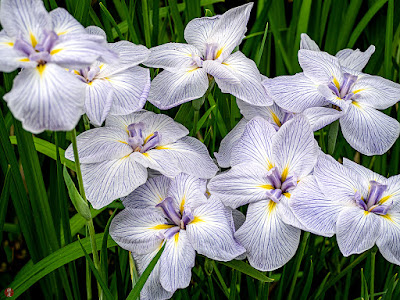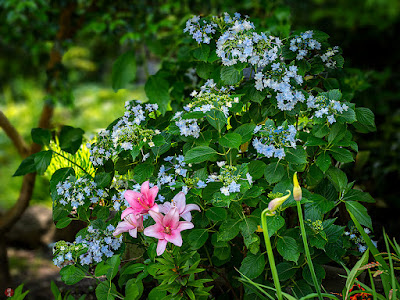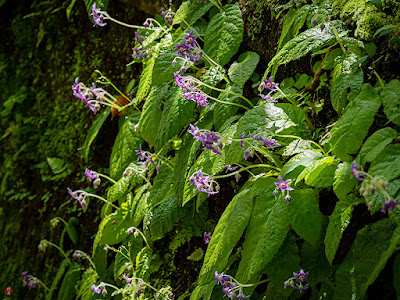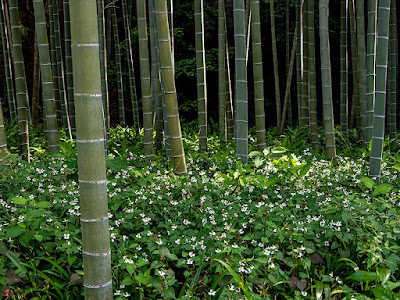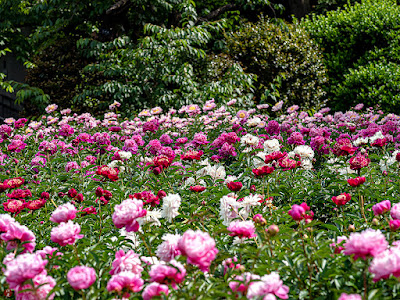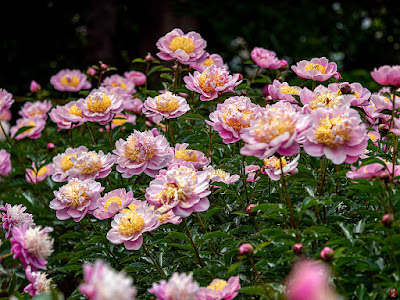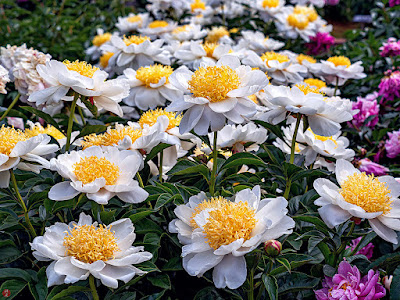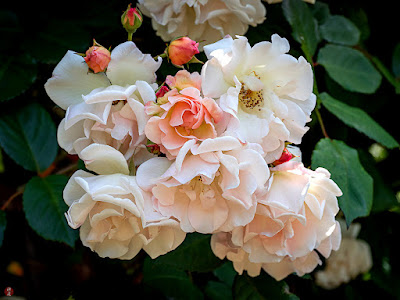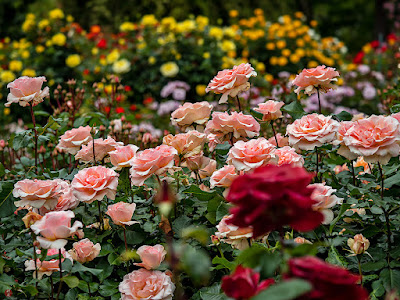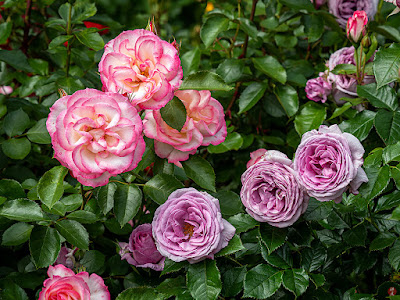My photographic notes about the four seasons in Kamakura or the gardens of Zen
June 30, 2022
Ayame (iris) flowers: Kaizo-ji
Ayame (iris) flowers: Kaizo-ji
Ajisai (hydrangea) and Yuri (lily) flowers: Eisho-ji
Ajisai (hydrangea) flowers: Kencho-ji
June 8, 2022
Suiren (water lily) flower: Kita-kamakura
Skakuyaku (Paeonia lactiflora) flowers: Ofuna flower center (Kamakura)
Skakuyaku (Paeonia lactiflora) flowers: Ofuna flower center (Kamakura)
Rose garden: Ofuna flower center (Kamakura)
The endless human desire to appreciate gorgeous flowers has brought about various forms of selective breeding over a long period of time. Through the persistent efforts of horticulturists, the colors and shapes of flowers have been altered variously, and many garden flowers have strayed from the original reproductive organs of plants.
Many ornamental plants, such as a garden variety of roses, have lost their reproductive capacity and do not reproduce themselves without the propagation by human hands.
For humans, the improved flowers of garden plants are attractive, but I cannot but feel something sorrowful behind their pleasant appearance even if they are blooming in all their glory under the bright blue sky of late spring.
